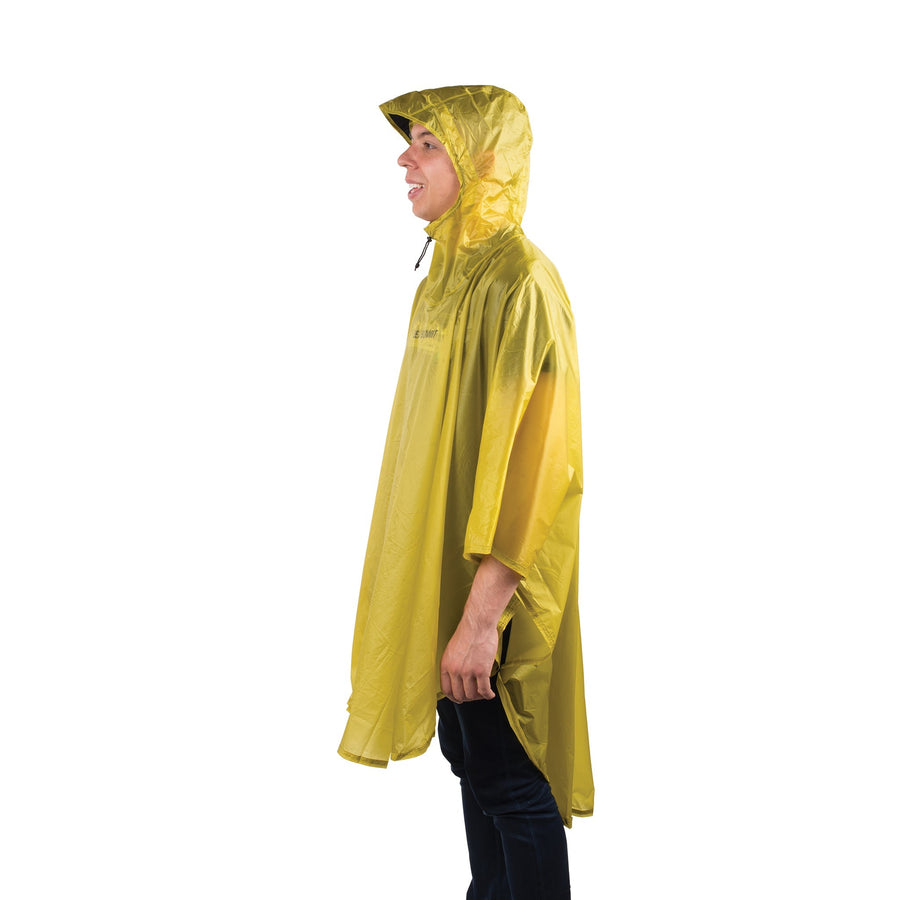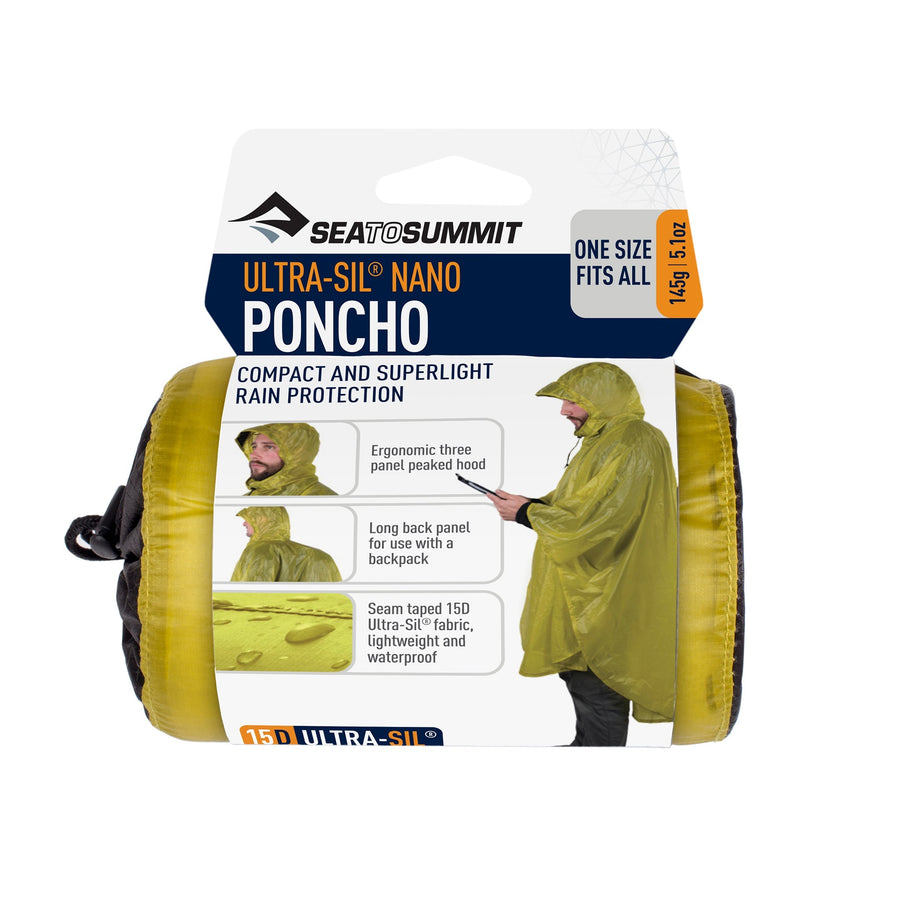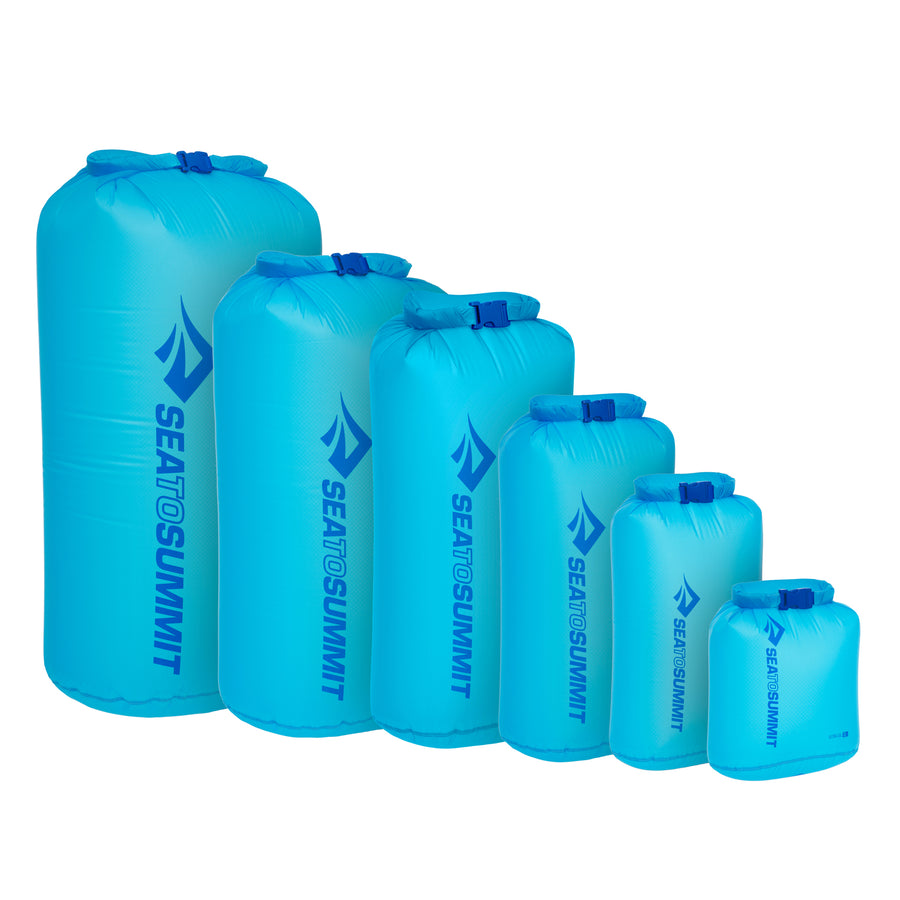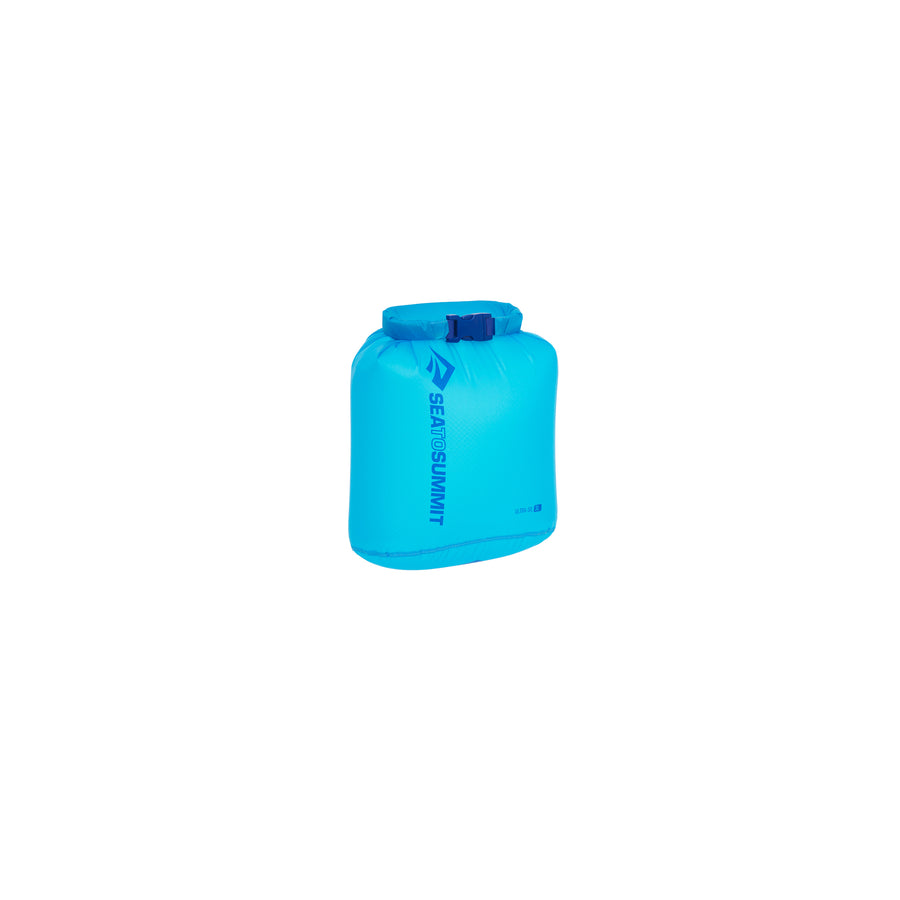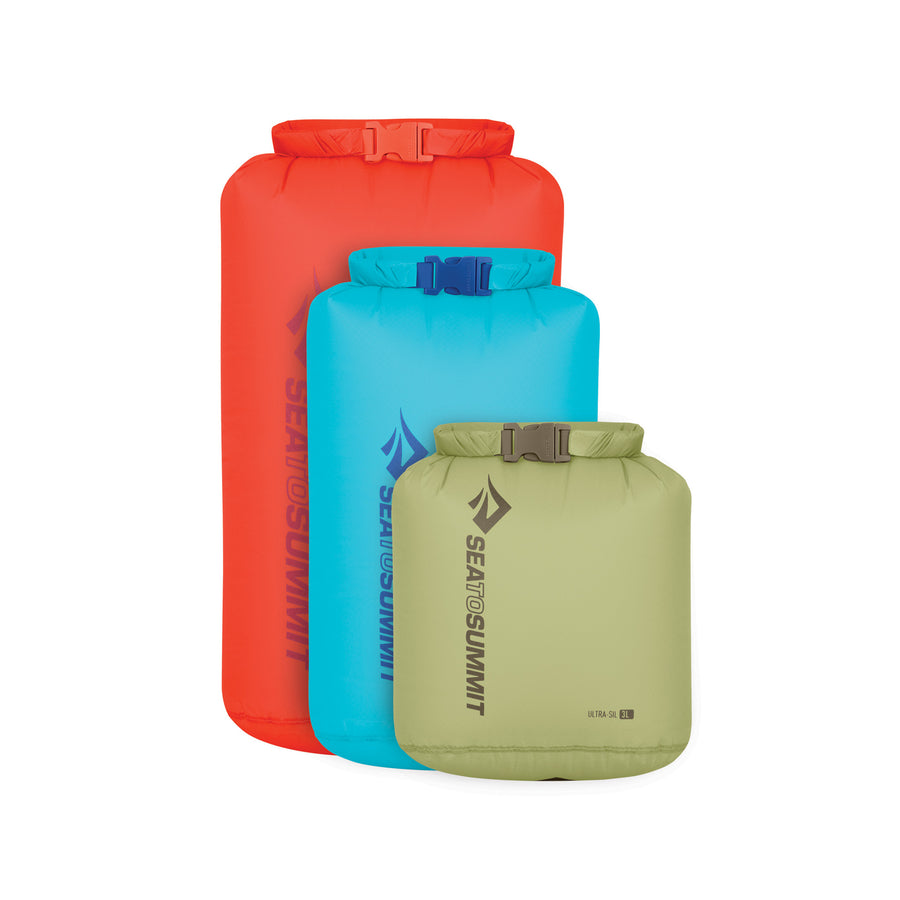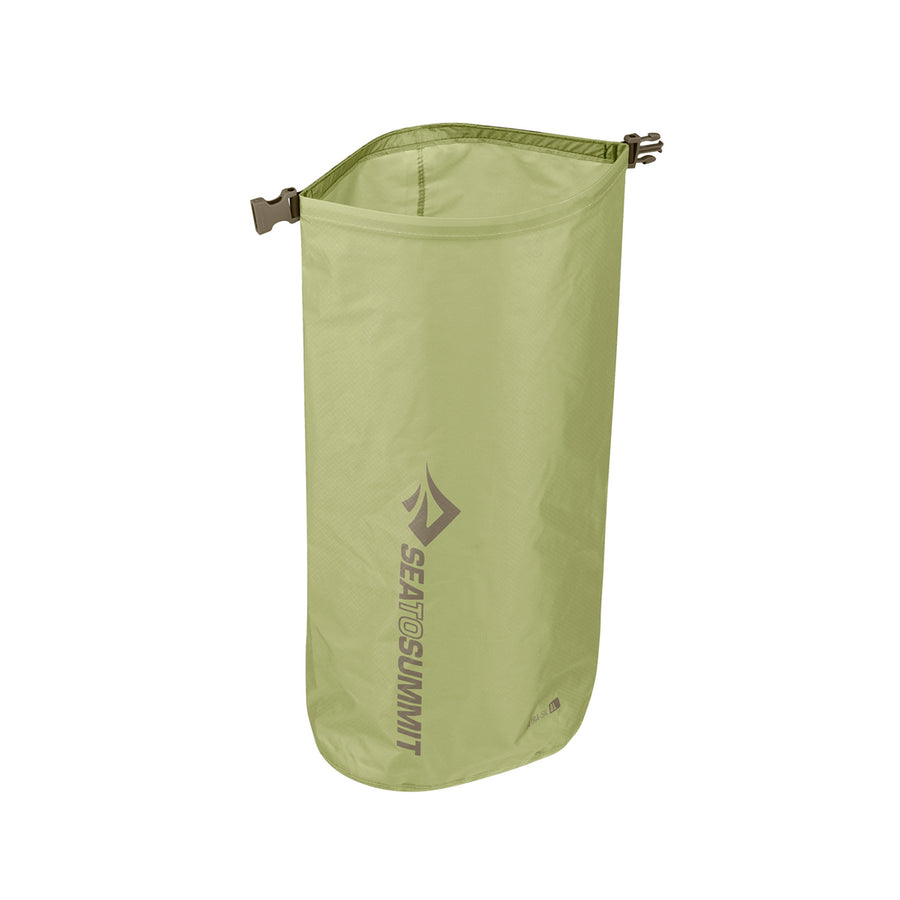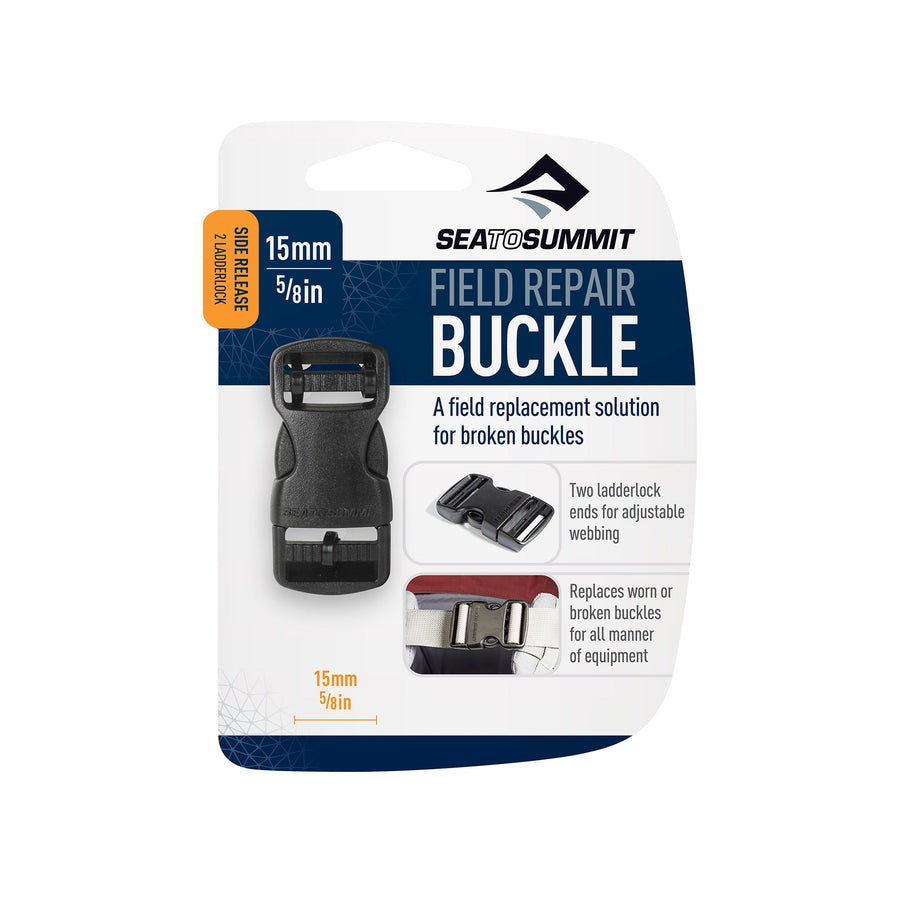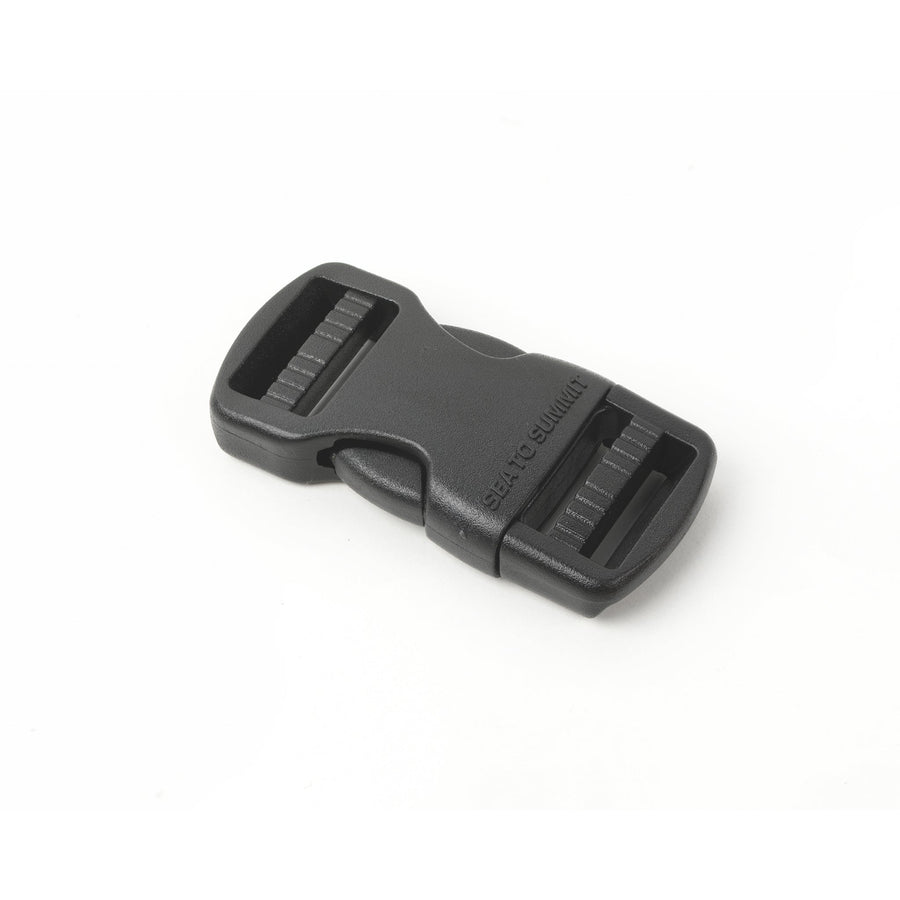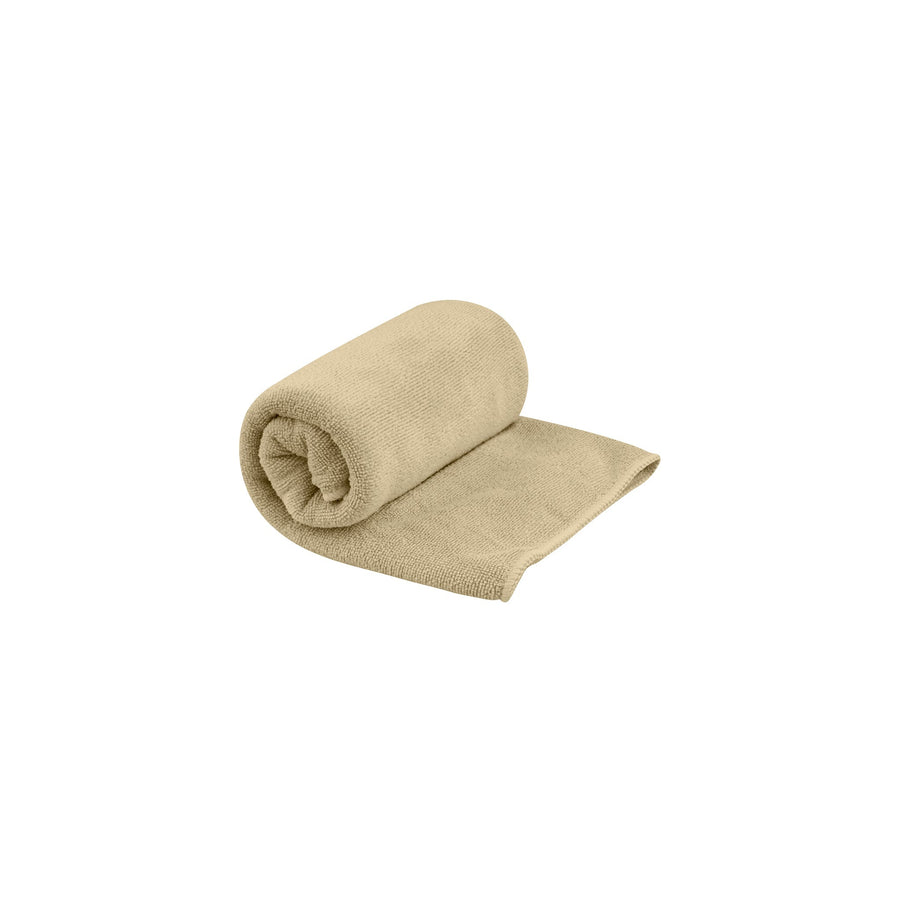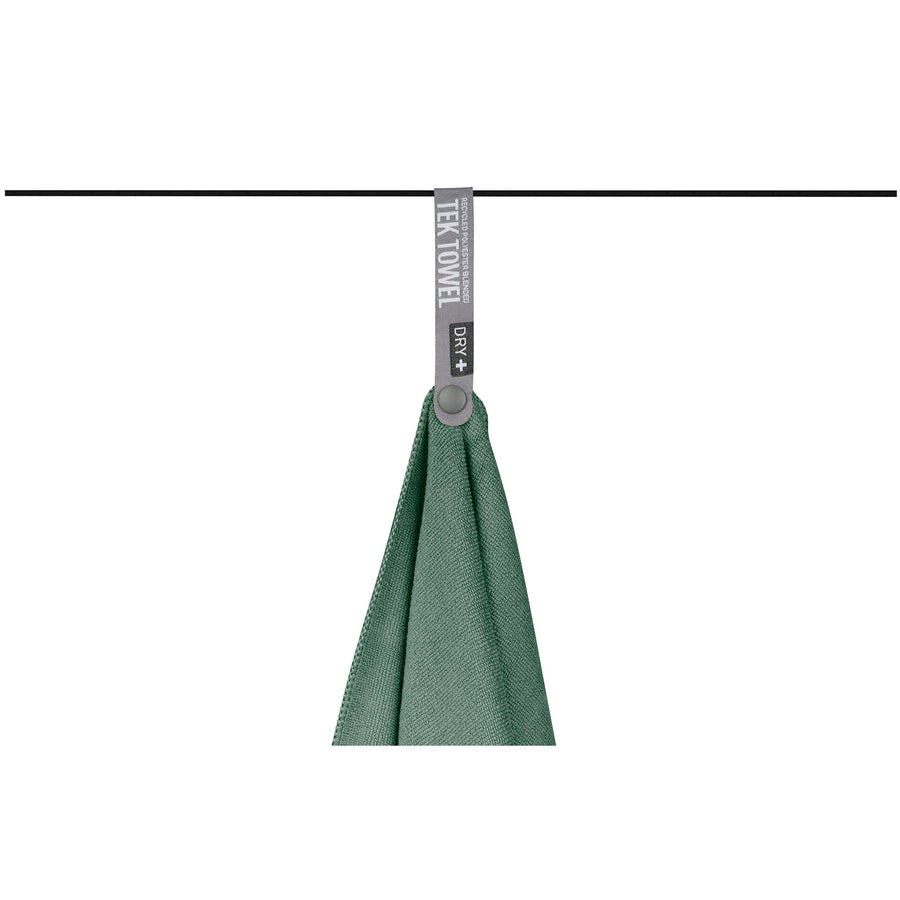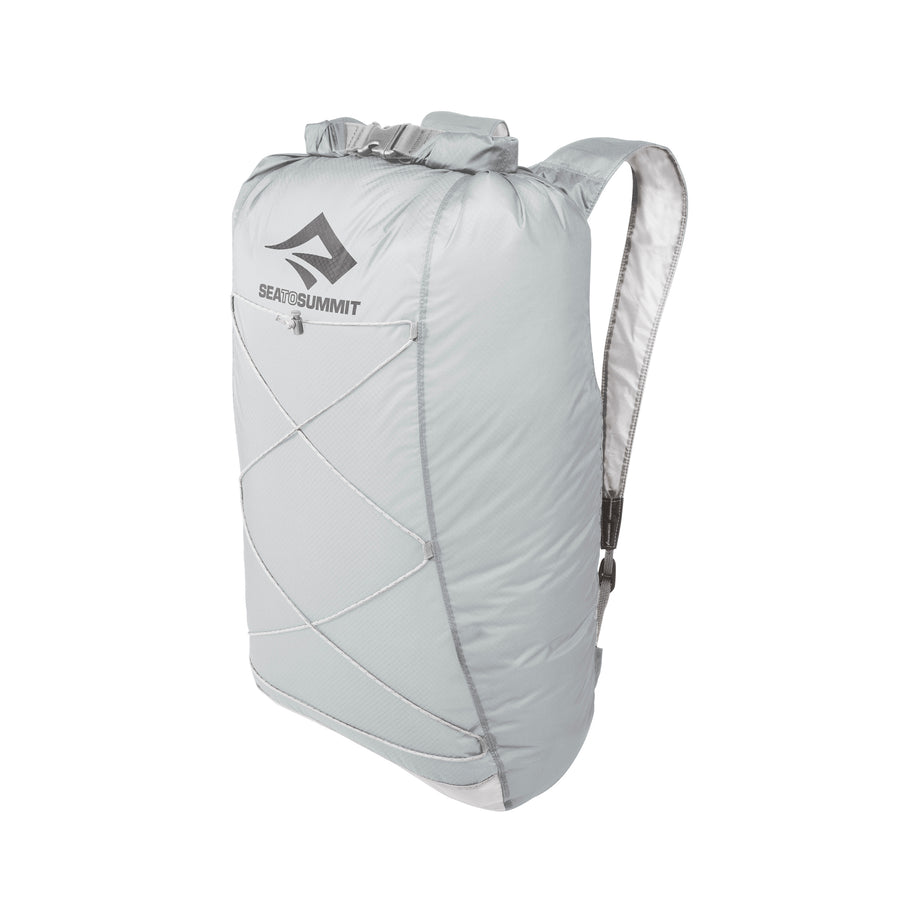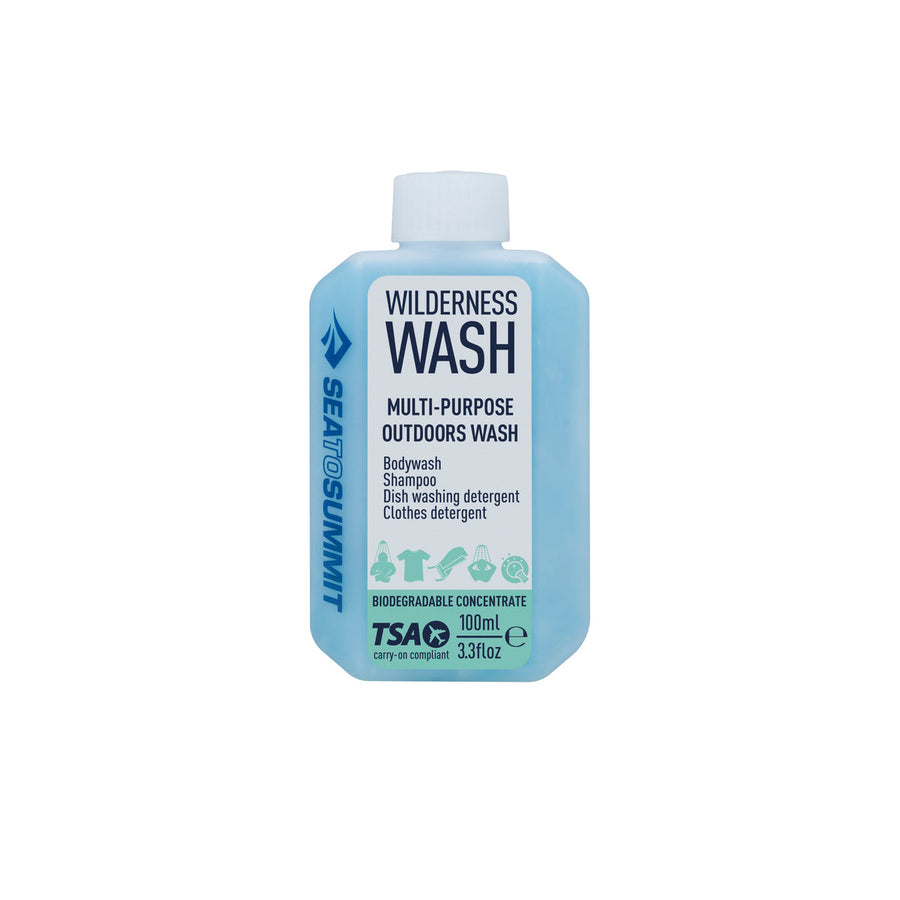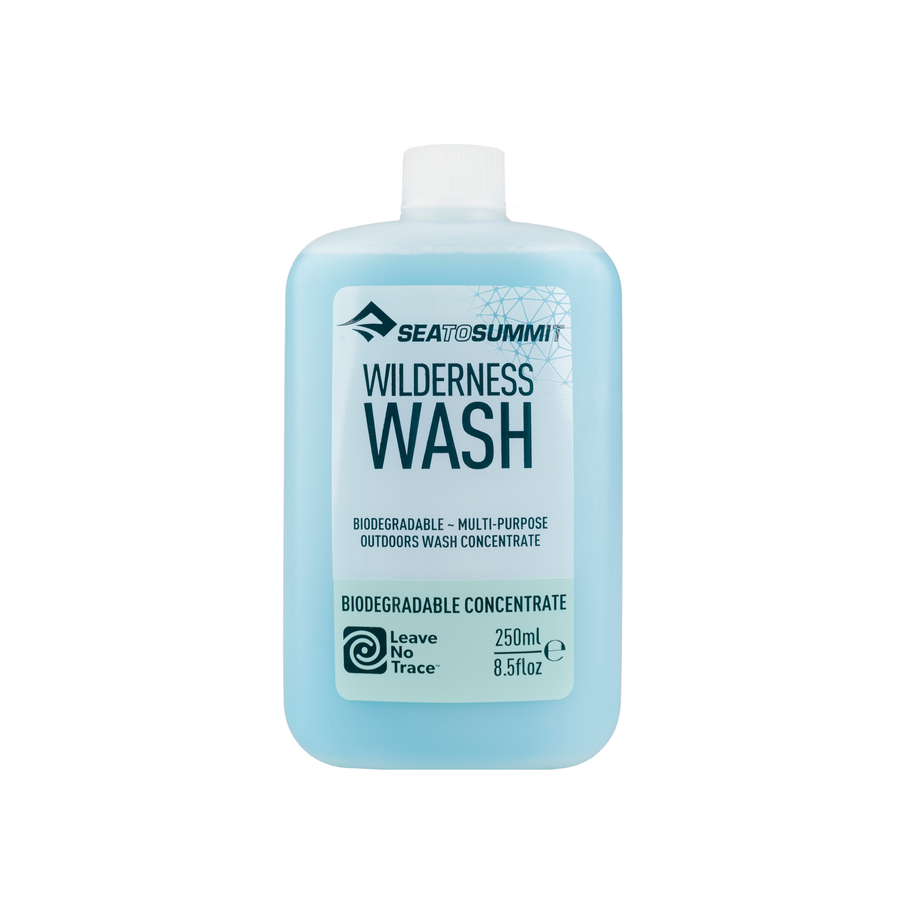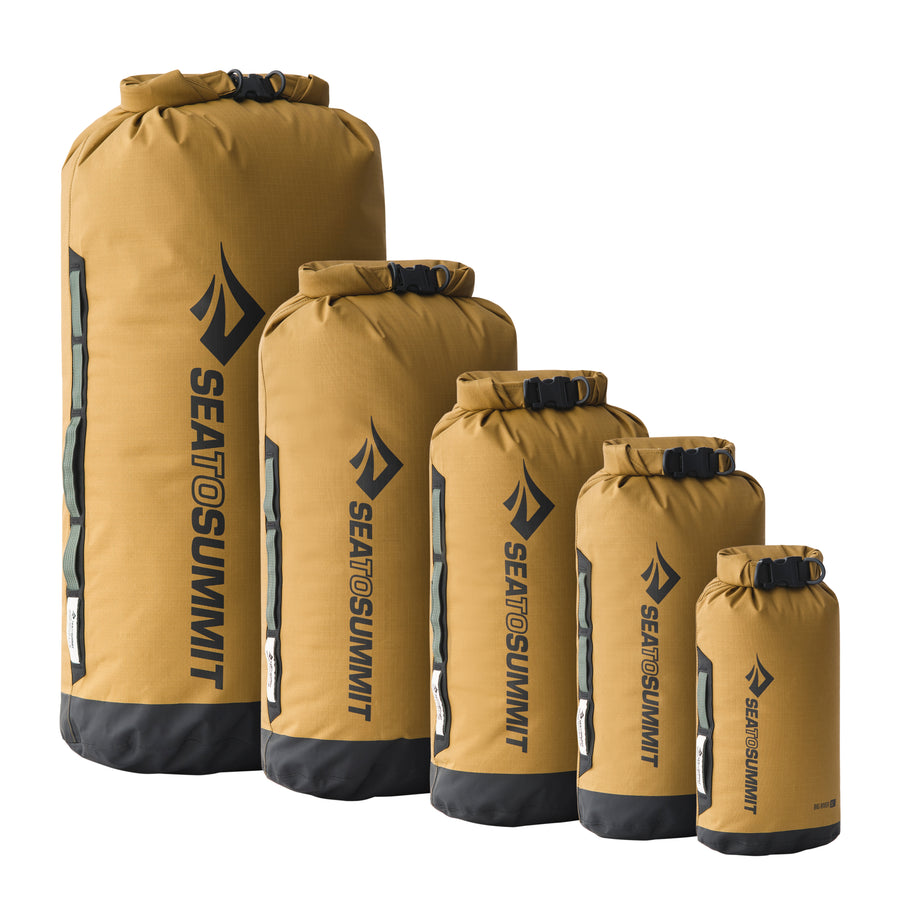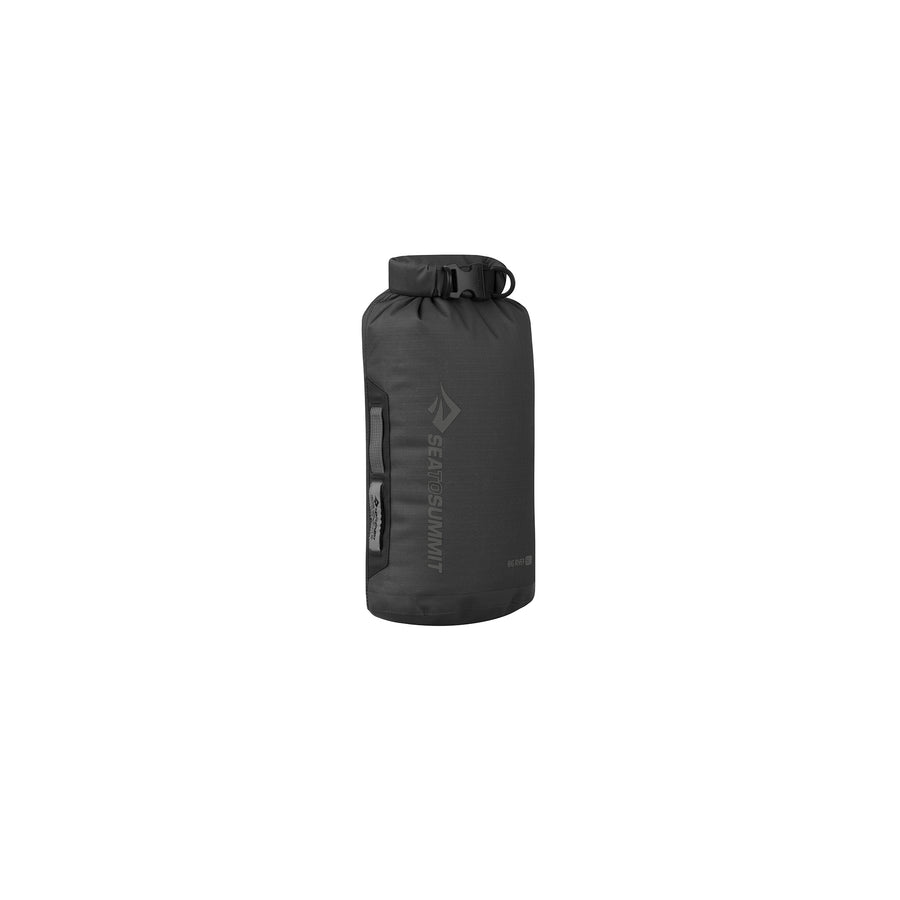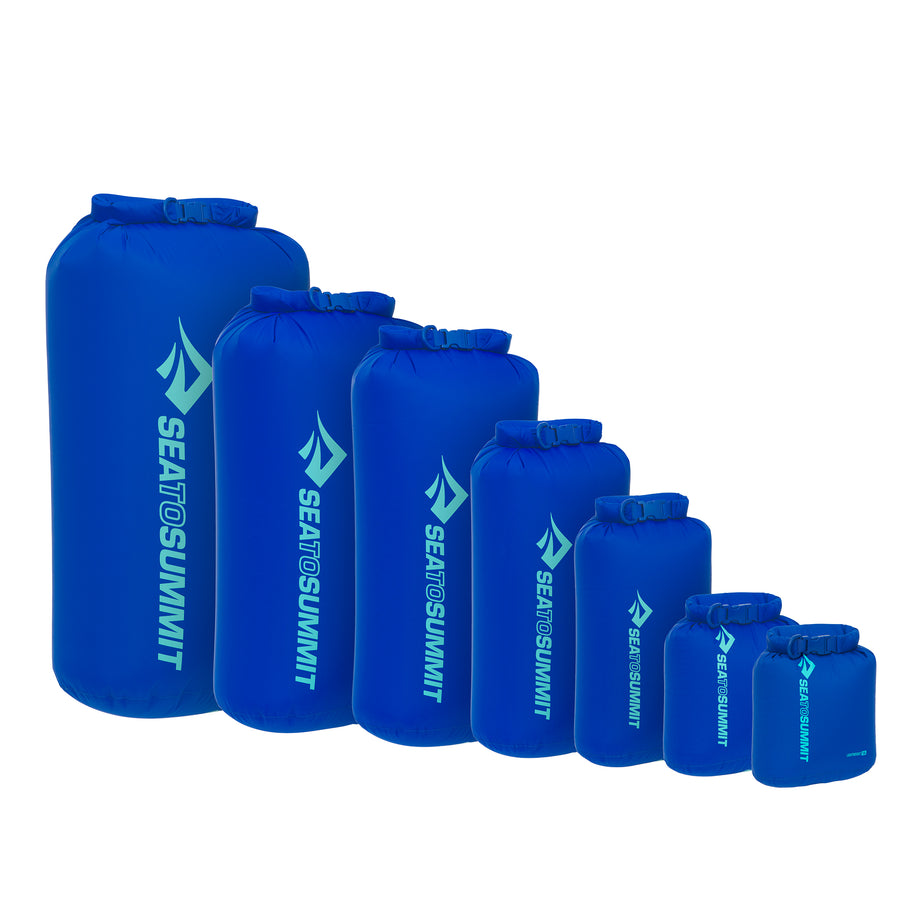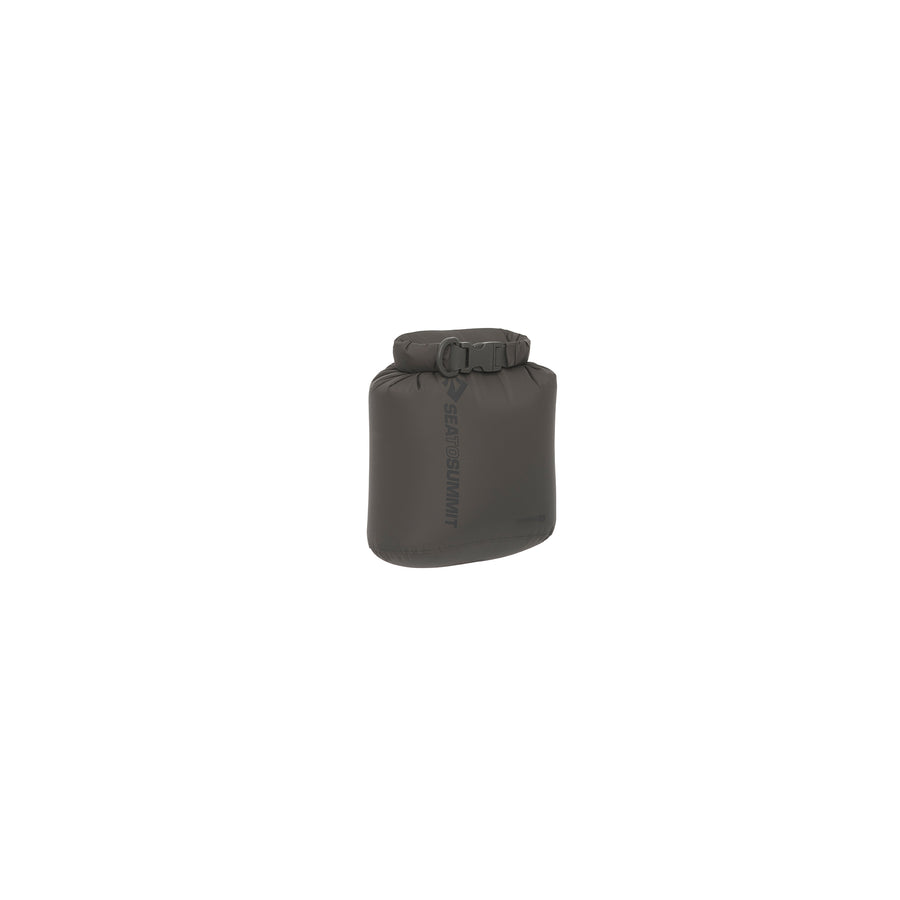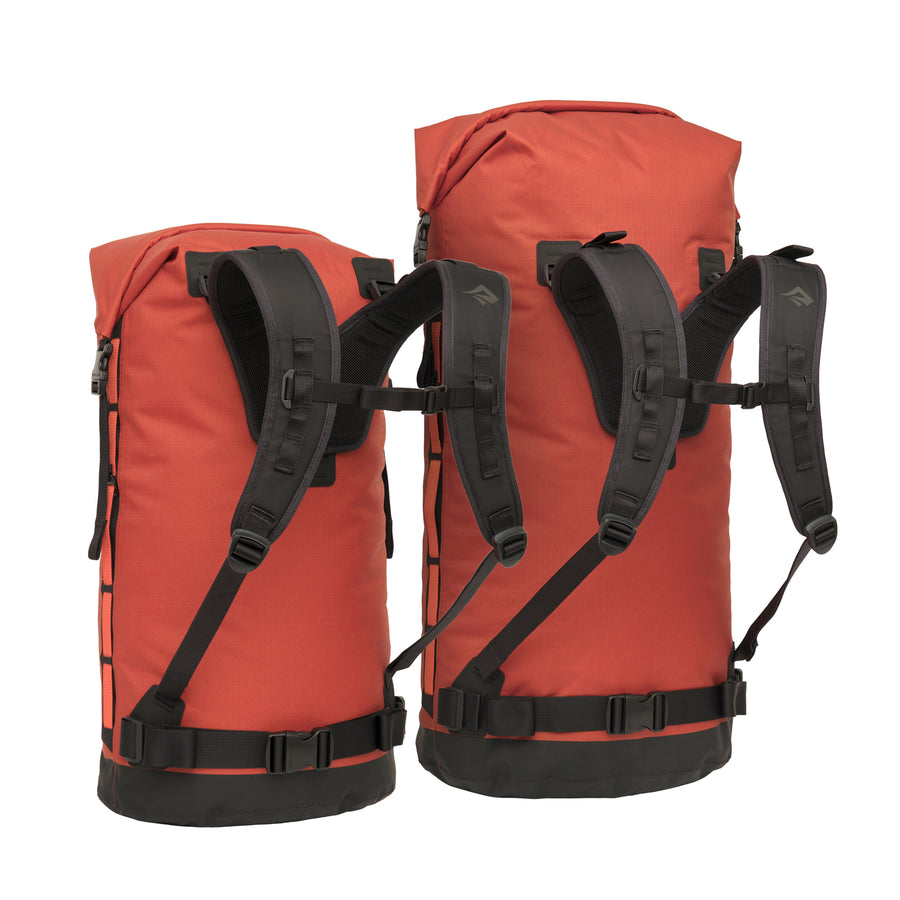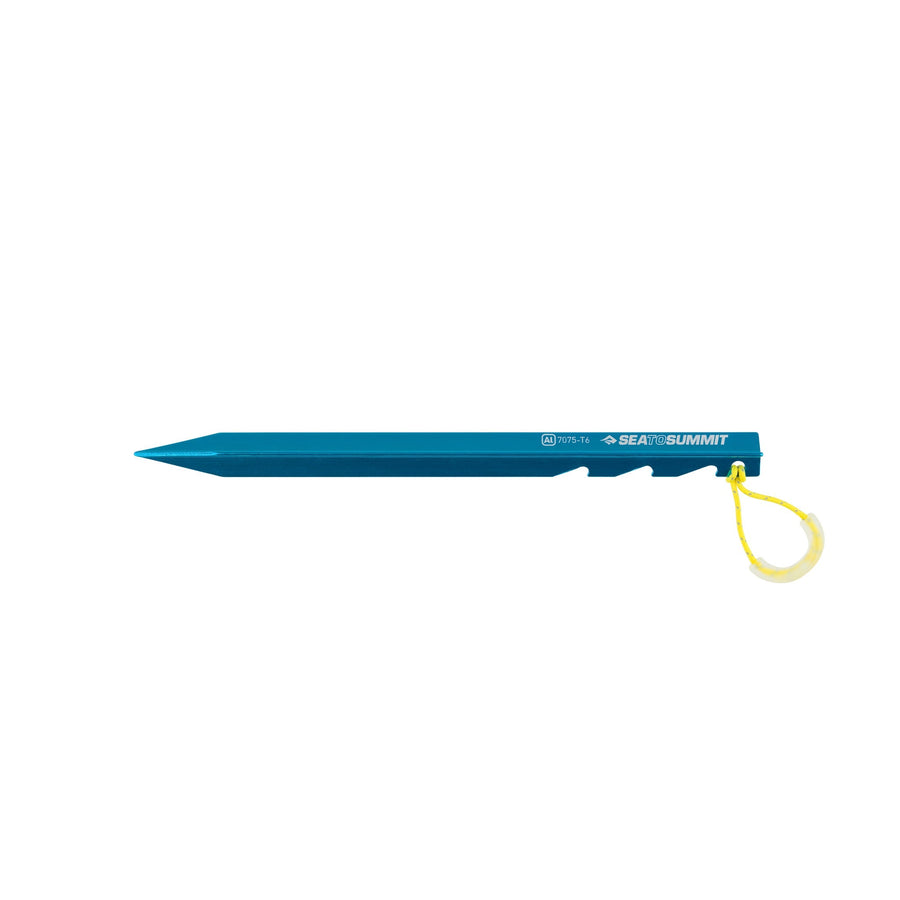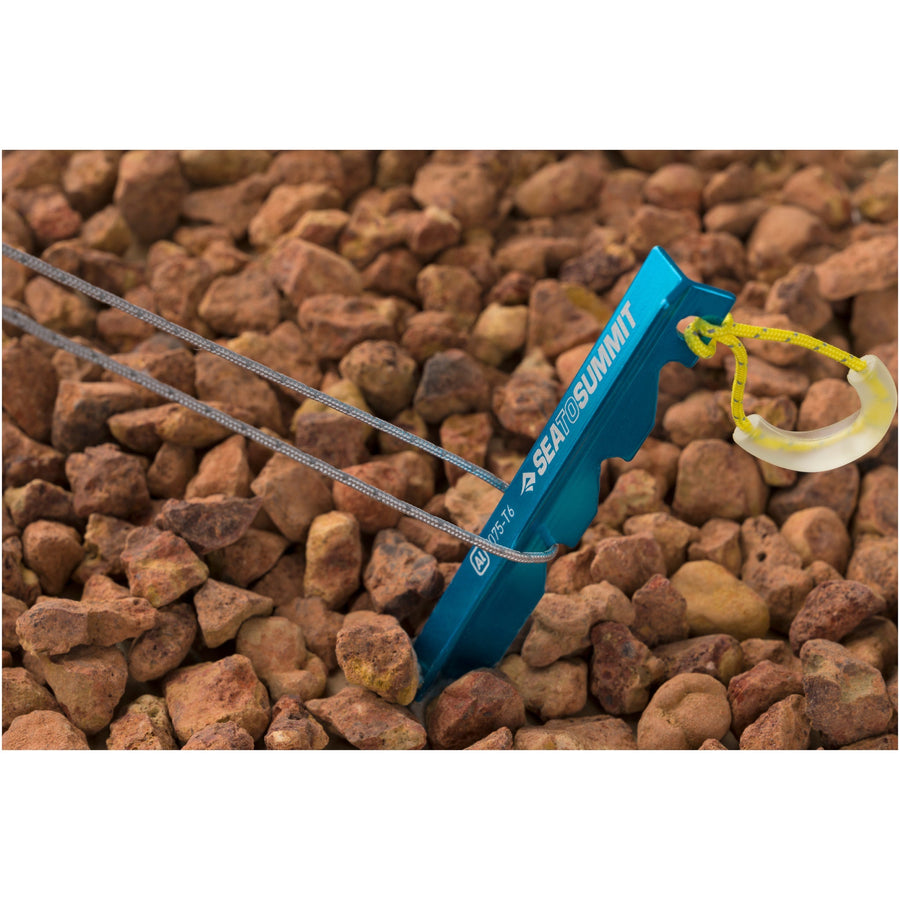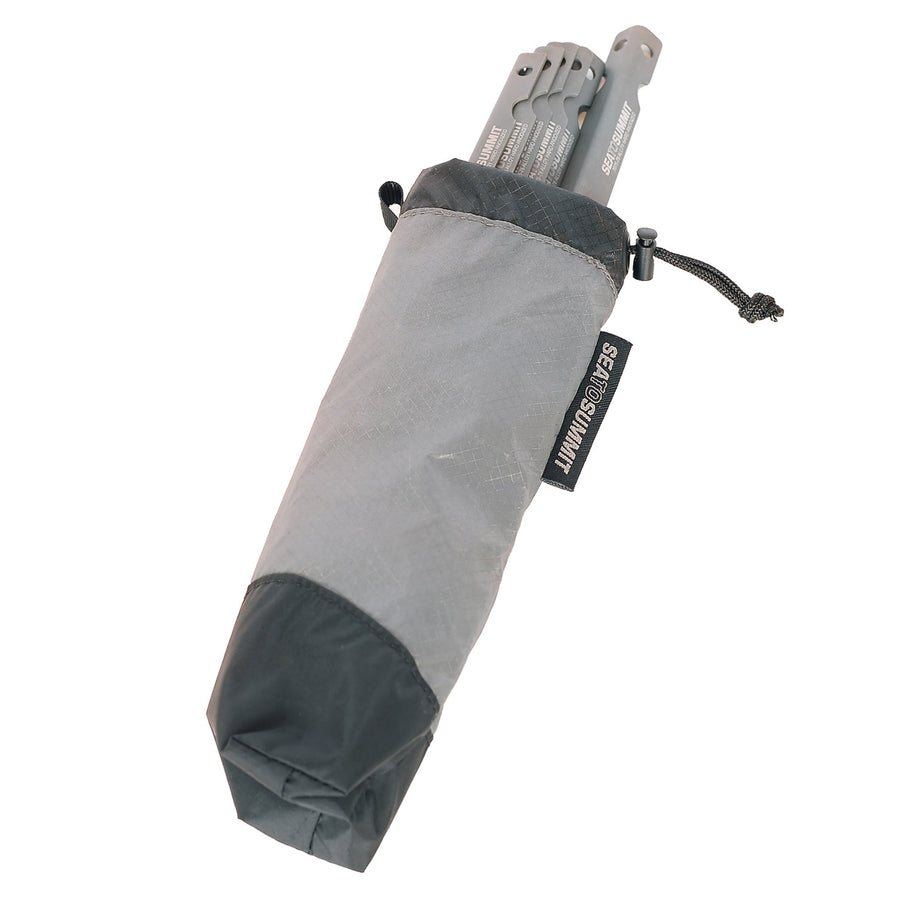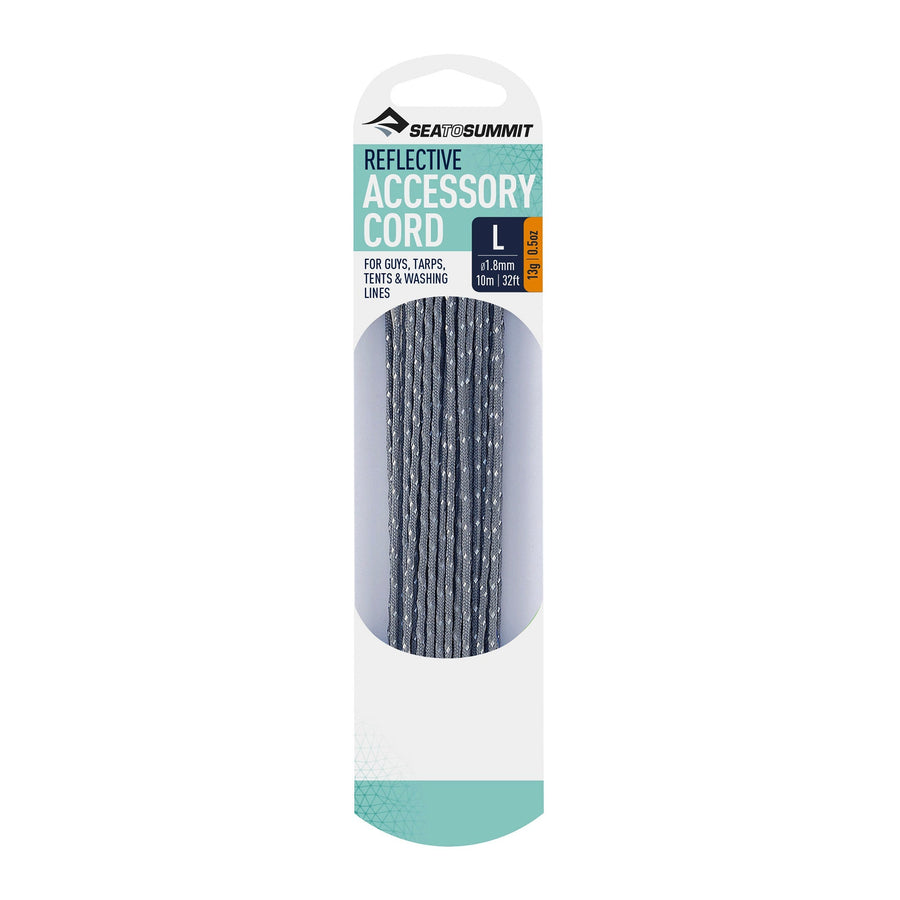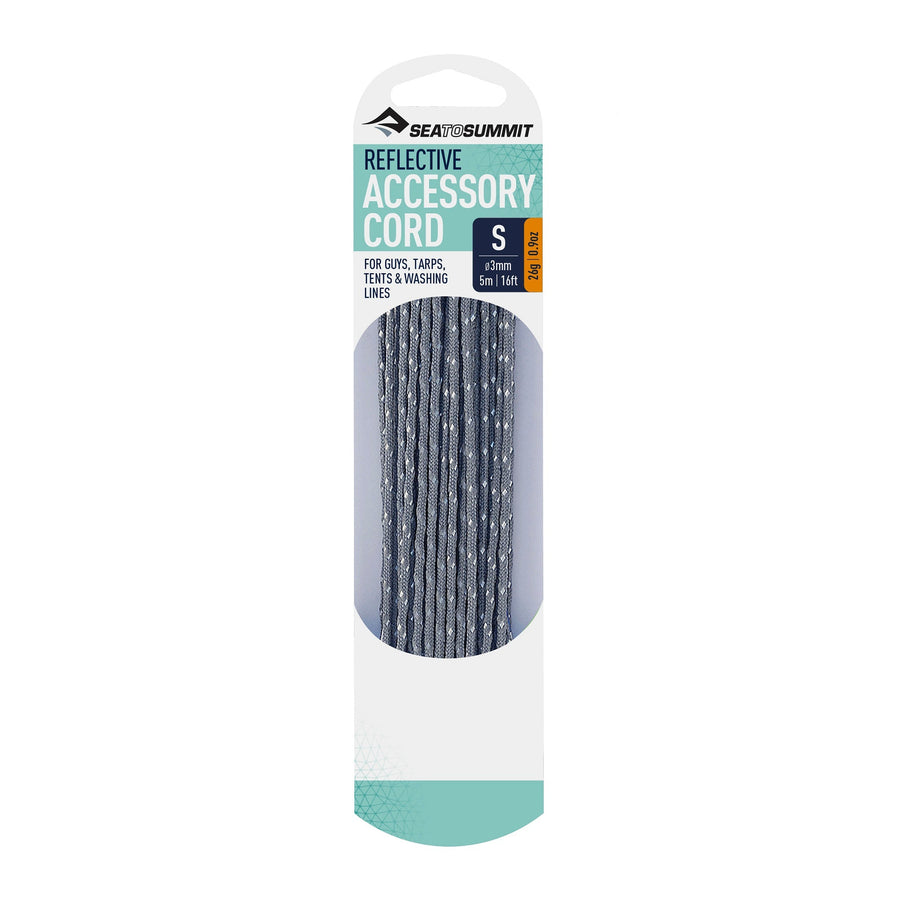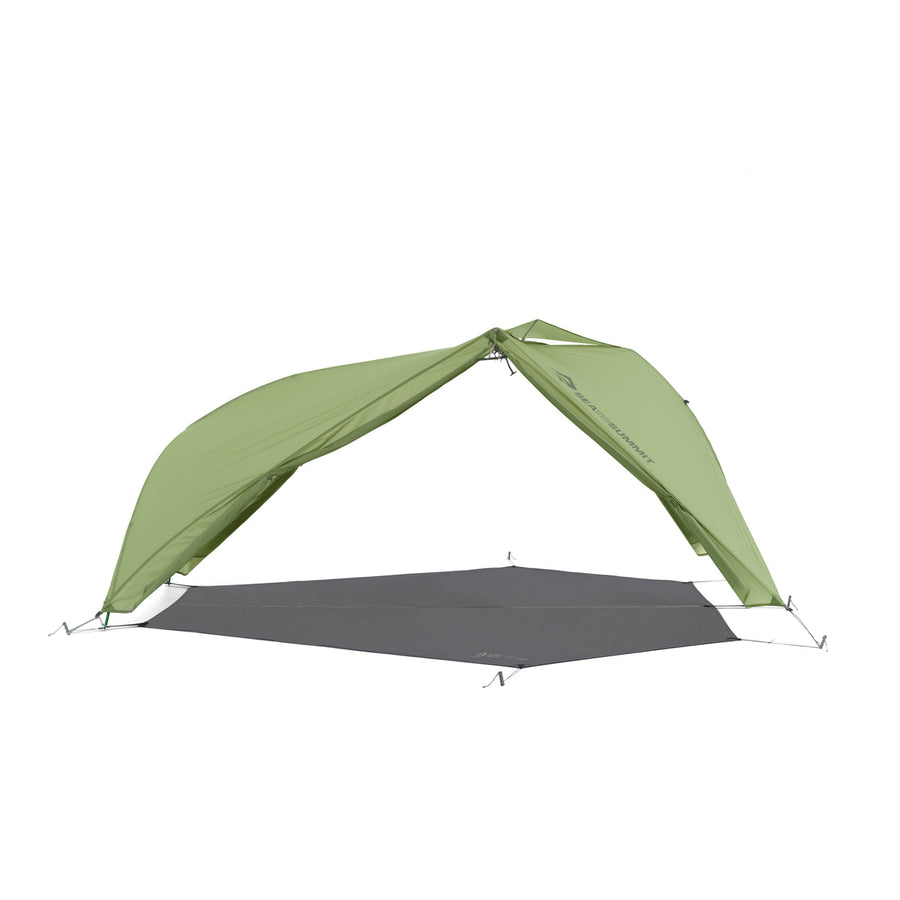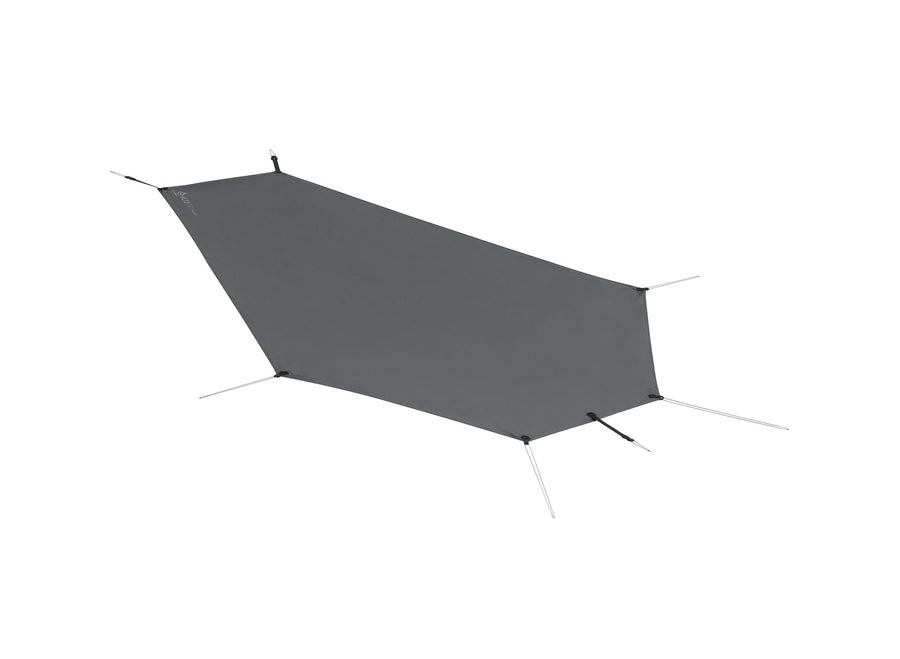Schlafsäcke - die Insider-Geschichte (was dir der Verkäufer wahrscheinlich nicht erzählt hat)

A sleeping bag is one of the most elemental pieces of gear needed for outdoor pursuits. If your adventure includes staying out overnight, chances are you’ll be using one.
But how do you choose the right sleeping bag? Here are a few points to consider:
Is synthetic a real choice? It can be. A synthetic bag will be heavier than a similarly-warm down sleeping bag (which are points to watch if you are backpacking rather than static camping), and it will not have the lifespan of a quality down sleeping bag. But - it will have a lower initial cost, and is less affected by moisture in very wet environments. Branded synthetics (like Thermolite®) will last longer than non-branded insulation. The way the synthetic material is built into the bag will affect how well it can loft up: very basic synthetic bags use flat layers of insulation, better-quality bags use layers sewn diagonally over one another (called shingles), and Sea to Summit bags have a unique construction which creates curves of insulation to trap extra air; this is called WaveLoft.
BEFORE YOU BUY ANY SLEEPING BAG, LOOK AT IT IN ITS COMPRESSED STATE. MANY LOWER-PRICED (OR ‘FOUR SEASON’) SLEEPING BAGS OCCUPY UP TO 20 LITERS, WHICH MEANS CARRYING A LARGER, HEAVIER BACKPACK.
Warm, fuzzy feelings. The discussion in the sales environment will usually begin with the question “What’s the coldest temperature you expect to sleep at?” Once this information has been exchanged, a sleeping bag will be brought down from the rail which ostensibly meets this temperature requirement. (For reasons why it may not actually keep you warm at the specified temperature, see cold, hard truths and drafts can be bitter below).

A bag for all seasons. OK. We now know the coldest conditions you expect to face while using the bag. Let’s say this equals 20°F / -5°C. Rarely is the follow-up question asked: “How often do you expect to sleep at that minimum temperature?” If you will only sleep once a year at 20°F / -5°C, but will sleep five nights at 30°F / 0°C, and ten nights at 50°F / 10°C, you are paying for and carrying around a lot more insulation than you need most of the time. A sleeping bag realistically rated to 30°F / 0°C plus a Reactor/Reactor Extreme Thermal Liner would be a far better choice in the above scenario. This is the antithesis of the “You need a 20° (F) sleeping bag”, or similar ‘one-size-fits-all’ recommendations.
We’re skeptical of phrases like “four-season bag” – a sleeping bag that will be warm enough for winter will probably be far too warm (and too heavy/bulky) for summer use.
Sometimes, your bag needs to vent, too. It’s just healthier that way. The more time you spend in warmer temperatures, the more important the ability to ventilate the bag becomes. Many Sea to Summit sleeping bags have secondary zippers in the footbox:

Altitude, Ascent, Trek, Journey, Traverse, Venture, Basecamp and Explore.
The Traveller has a footbox drawcord.
This construction allows you to open up the side or foot box of the bag or even open it up completely to use as a quilt. And – if you’re frequently in warmer conditions, your liner of choice should be the Adaptor.
If the bag you are looking at does not have foot box ventilation or the ability to be opened as a quilt, it will have a relatively small temperature comfort range.
Cold, hard truths. What often gets overlooked is that in the cooler seasons (when the ground gets colder), the sleeping bag that is recommended will not achieve its temperature rating unless you have an adequate insulation layer underneath you. At this point, it would be good to get up to speed with sleeping bag and sleeping pad temperature ratings by reading this post on sleeping bags and about R-Value. Weather forecasts only ever mention the air temperature – below the frost threshold, the ground may be a lot colder than the air. Sleeping in a good sleeping bag on an inadequate sleeping pad is like buying a nice sports car and driving around on bald tires – it won’t perform in the way you had hoped.
The salesperson or company website may also leave out that the EN Temperature Rating of the sleeping bag was tested using a sleeping mat with an R-Value greater than 4. If your sleeping pad has an R-Value of, say, 2.4 or doesn’t have a rated R-Value at all, you may be in for an unwanted lesson in thermodynamics. (But you knew that because you read the blog posts referred to above).
It’s not uncommon to hear a consumer ask for a ‘zero degree (F)’ bag. The rationale is not that they intend to sleep in deep-freeze temperatures, but that they previously had a ‘twenty degree (F)’ bag which was not warm enough. In many cases, their previous bag was unrealistically rated, or did not have the insulation quality or construction to meet the suggested rating over time, or was used with an inadequate sleeping pad. What this end-user needs is a realistically rated sleeping bag, a thermal liner and a sleeping mat that insulates adequately.
Drafts can be bitter. This is fine if we’re talking about beer, but not if we’re looking at the ability of a sleeping bag to retain warmth. Remember that the mannequin used in the EN rating test does not move around, and therefore it does not flip over an ineffectual draft tube along the zipper or push up against a non-anatomically shaped foot box. And it does not draw in the cold air past inadequate (or non-existent) draft collars. These important details escape attention because most people lack infra-red vision. If you are buying a sleeping bag for more challenging conditions, rather than simple camping/recreational use, these construction details are essential. See the follow-on blog post ‘All About Down’.

A Trek or Journey are great all-around camping and travel sleeping bags. For more ambitious pursuits, the Ascent or Altitude (with their more technical hoods, draft collars, 750 fill down and Free-Flow ventilation system) are a better choice.
Narrow focus. Another concept often expressed is that a broadly-cut mummy sleeping bag means dead air either side of your torso and legs which must be warmed by the heat you generate. According to this line of thinking, a narrower mummy bag will, therefore, be warmer. However, this is only true if the sleeper remains motionless in a ramrod-straight position, much like the EN test manikin. Normal human beings curl up when they sleep. If they are inside a narrow cut sleeping bag, their knees, thighs, and pelvis compress the insulation and result in cold spots – this is particularly true of women; see shrink it and pink it below.
If you have the opportunity to test a bag before purchasing – and you should insist on doing so – make sure you assume a natural sleeping position (probably on your side) and see if the insulation is compressed as described above.
Shrink it and pink it. Women all over the world are used to the phenomenon of ‘women’s specific’ products appearing to be nothing more than smaller versions of the ‘unisex’ item, colored pink. Oh, and costing more, too. A women’s sleeping bag needs something more than flowers embroidered on a pastel-colored shell fabric. Specifically, it needs more insulation in the foot box (women lose heat in their extremities more than men), and it needs to have a broader cut in the hip area. Women tend to curl up even more than men, or even assume a ‘figure four’ position. A sleeping bag which will not accommodate this without the insulation being compressed will leave the woman sleeper cold. You will find correct shaping, and women's specific levels/placement of insulation in the Altitude, Journey, Venture and Quest sleeping bags.
Because women are built differently and retain warmth differently than men, the EN test is conducted with different manikins to simulate male and female sleepers. The test also produces different ratings for the same sleeping bag for men and women:

Sea to Summit women’s sleeping bags are cut narrower in the shoulders and broader in the hips. They have additional down or synthetic insulation added proportionately to the areas where more warmth is required and the Altitude and Journey have a layer of Thermolite® in the two bottom baffles – like a mini Reactor liner for your feet.
If you’ve read this far, you will know:
- how temperature ratings are calculated, and why the construction and shape of a bag mean that the lab result may differ from real-world performance
- why an adequate sleeping pad and liner are necessary parts of a sleep system
- the shortcomings of focusing merely on the coldest temperature at which a bag will be used
- the advantages of having additional ventilation
- the differences which should exist between ‘unisex’ and women’s sleeping bags
The one thing we haven’t covered is down quality. Down is worth a blog post all to itself.
It’s time for some recommendations for the right Liner, Sleeping Bag and Sleeping Pad to build a perfect sleep system (well, almost perfect as we’ve not listed the Aeros Pillow options below, but you’ll want to add one to your system):
| Backpacking | As small and light as possible | Summer to early fall | Spark SpIII or Flame FmIII | Ether Light XT Insulated or Ultralight Air Insulated | Adaptor |
| Car camping/basecamp | Maximum comfort required | Summer to early fall | Explore, Basecamp, Trek or Journey | Comfort Plus XT or Comfort Plus SI | Adaptor |
| Cycle Touring | As compact as possible | Summer to early fall | Spark SpII, Flame FmII or Traveller | Ether Light XT Insulated or Ultralight Air Insulated | Adaptor |
| Cycle Touring | Prefer greater level of comfort | Summer to early fall | Ascent AcI or Altitude AtI | Ether Light XT Insulated or Comfort Light Air Insulated | Adaptor |
| Paddle Touring | Possibility of sand incursion | Summer to early fall | Traverse TvI or Venture VtI | Comfort Light Air Insulated or Comfort Light SI | Adaptor or Reactor Fleece Liner |
| Sea Kayak Touring | As compact as possible | Summer to early fall | Traverse TvI or Venture VtI | Ether Light XT Insulated or Ultralight Air Insulated | Adaptor |
| Ski/Snowshoe Touring (tent) | Need maximum insulation | Winter | Ascent AcIII or Altitude AtII | Comfort Plus Insulated (with additional foam pad) | Reactor Extreme or Spark Sp0/Flame Fm0 |
| Ski/Snowshoe Touring (hut) | As compact as possible | Winter | Traveller TrII | Not needed | Reactor |
| Travel | As compact as possible | Any season (sleeping indoors) | Traveller TrI | Not needed | Silk Rectangular |
To keep your sleeping bag and liner safe and dry in your pack you’ll need a dry storage option – depending on your preference and the environments you will find yourself in, this will be an Evac Lightweight Compression Dry Bag, Evac Ultralight Compression Dry Bag – you can read about these here.
If you’d like recommendations or have questions about anything not covered here, drop us a line via the blog.
B
